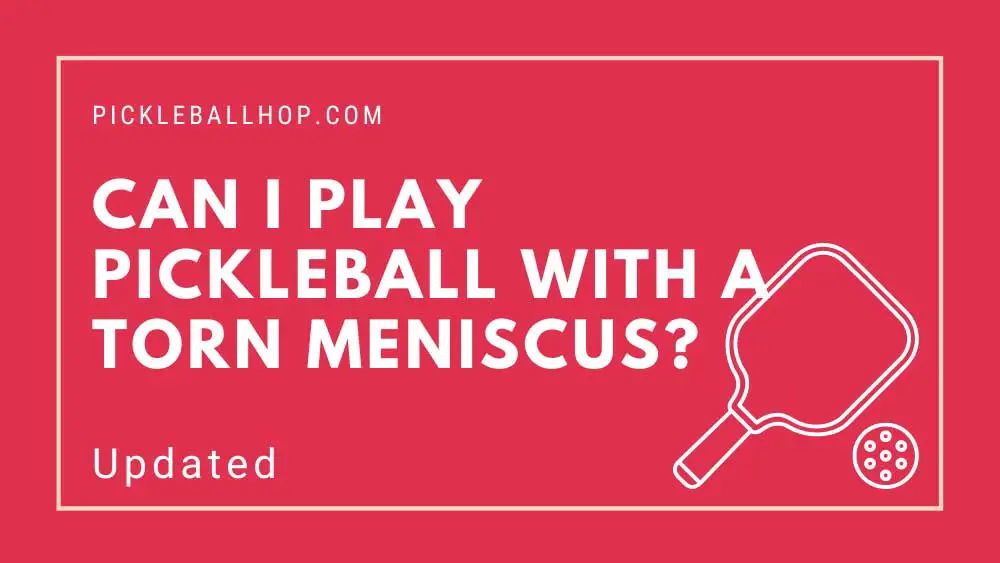Pickleball stacking wasn’t something I thought about much when I first heard about it. It just sounded like something for more advanced players. I assumed it was only for players at the 4.0 or 5.0 level.
I was mistaken.
My mistake was not realizing how simple it is. In addition, players of all skill levels can implement a relatively simple and quick in-game strategy.
What is pickleball stacking? In doubles pickleball, the players line up on one side of the court when serving or returning the serve, so that when they hit the ball, they can quickly move to their favorite side to optimize the chances of hitting their strongest shot…usually a forehand.
In pickleball, stacking has several variations and objectives, Let’s examine everything there is to know about pickleball stacking and how just about anyone can perform it.
Pickleball Stacking Explained
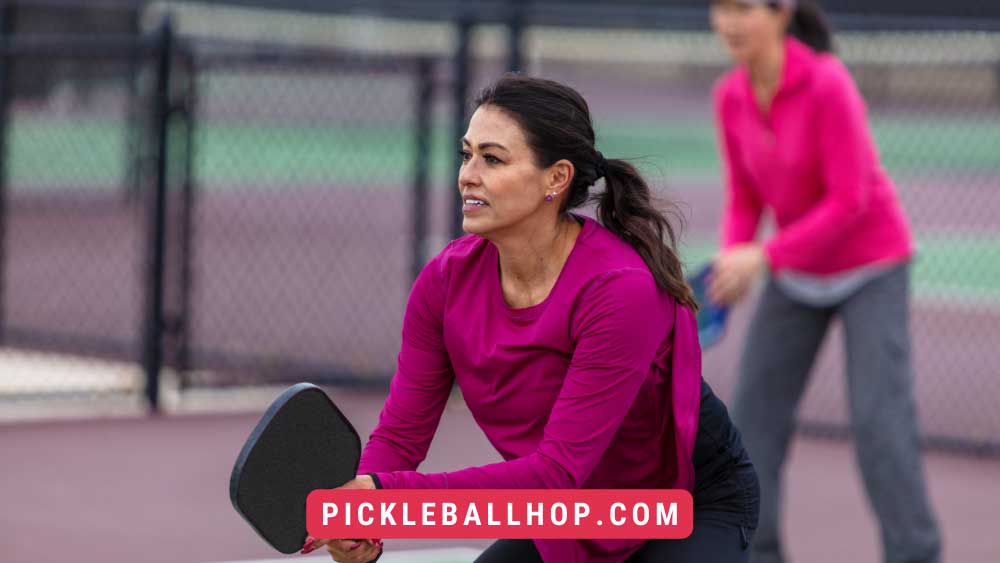 Pickleball stacking can be divided into two categories: traditional pickleball positions and pickleball stacking.
Pickleball stacking can be divided into two categories: traditional pickleball positions and pickleball stacking.
By stacking, players move into more advantageous positions from traditional positions. Most often, this is done to generate more forehands or backhands in the middle of the court.
You may enjoy reading How To Build An Outdoor Pickleball Court
It is most often done so that teams can play more forehands.
Why is pickleball stacking essential? Usually, you’ll see it with right-handed and left-handed players in doubles, as they can both cover the middle of the court with their forehands.
In a stacking system that is implemented properly, the other team is always hitting toward two forehand players…even when hitting down the middle.
It can be fatal. Let’s find out more…
Pickleball Stacking Rules – How is This Legal?
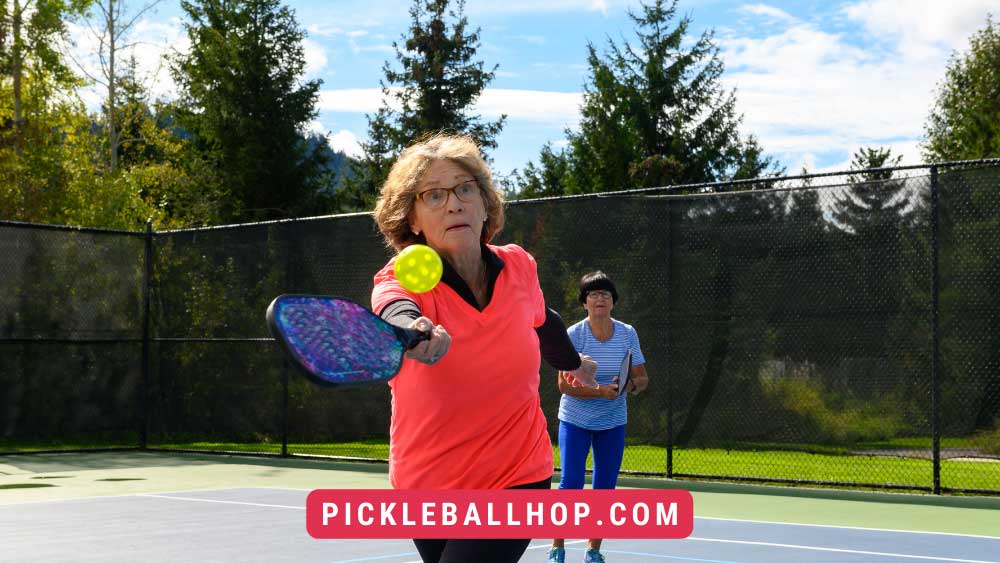 Pickleball court positions are completely up to the players. There are no rules for it! You can position yourself however you like!
Pickleball court positions are completely up to the players. There are no rules for it! You can position yourself however you like!
No, really. We have rules. Here are a few of them:
- Who must hit the serve
- Who must hit the return of the serve
- Which side of the court the ball must be served from
- Which side of the court the ball must be served to
A player’s position on the court or where the ball must be hit is not specified by the rules.
The serve and return are governed by the same rules. After that, everyone is out. No matter how you stand on your side of the court (as long as you don’t get hit), you can stand where you want. you can also read pickleball rules here.
If you serve from an appropriate position while stacking, you are legal.
If your partner doesn’t cross the net’s plane, they can stand wherever they like. Stacking is legal, so go ahead and do it! Your partner does not follow the rules that the server follows (such as what side of the court they’re serving from) but the server does.
You may enjoy reading How To Find Pickleball Courts Near Me
Pickleball Stacking – Here’s why teams do it
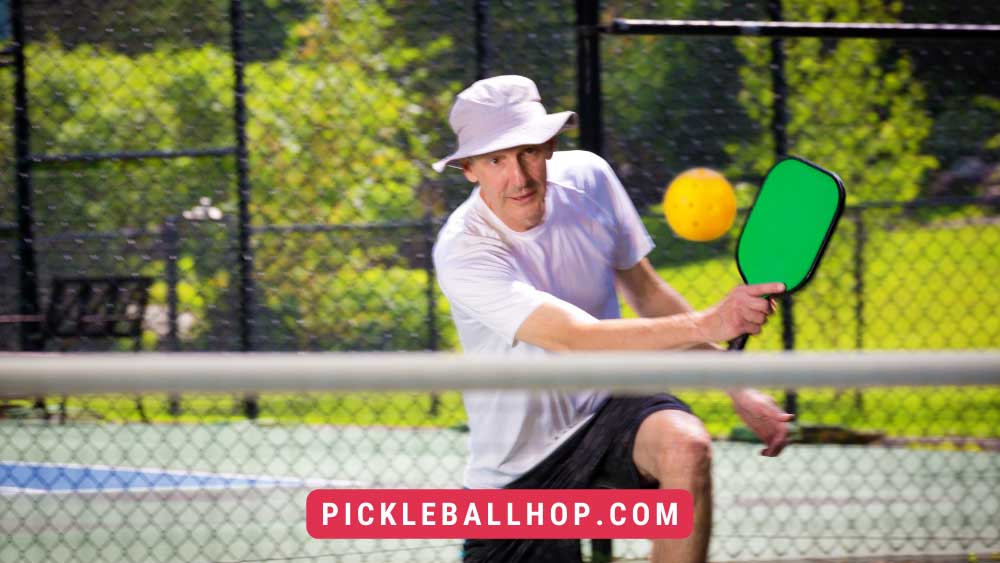 The idea of learning a pickleball strategy with non-traditional positions may seem ridiculous to someone who has spent time learning basic pickleball strategy.
The idea of learning a pickleball strategy with non-traditional positions may seem ridiculous to someone who has spent time learning basic pickleball strategy.
When you realize the advantages of stacking in pickleball, you realize how to maximize your team’s resources.
A team with two players with strong forehands–one left-handed and one right-handed–may have some problems. In a perfect world, both players would be able to make as many forehands as possible.
A left-right combination enables both players to keep the forehand in the center rather than leaving a gaping hole in the middle.
As well as left-right and right-left combinations, stacking is sometimes used. As stacking helps minimize the use of the weaker swing when one player has a particularly strong forehand or backhand, this is often done when one player has a particularly strong or weak forehand or backhand.
When both players are equally athletic, stacking in Pickleball can also be helpful. As a result, you should stack the court to allow the athletic player to reach balls hit deeper from either side.
However, most pickleball stacking strategies allow their right-handed partner to play on the left and their left-handed partner to play on the right. As a result, the forehand possibilities become unstoppable.
Pickleball Stacking Quick Tip: Make sure you decide on clear guidelines on who hit the ball when the ball is returned right down the middle if you are stacking to give each player proper forehand opportunities as I just described. The player who is poised and ready to hit a forehand shot has to stand down while the other takes the shot when the ball is hit straight between two players.
In this scenario, make sure to decide who will do what before you start the match.
The stacking team has too often been ready for a kill shot, but both players were expecting the other to hit it – so no one took it. Point lost.
You may enjoy reading Best Indoor Pickleball Courts
How Pickleball Stacking Works
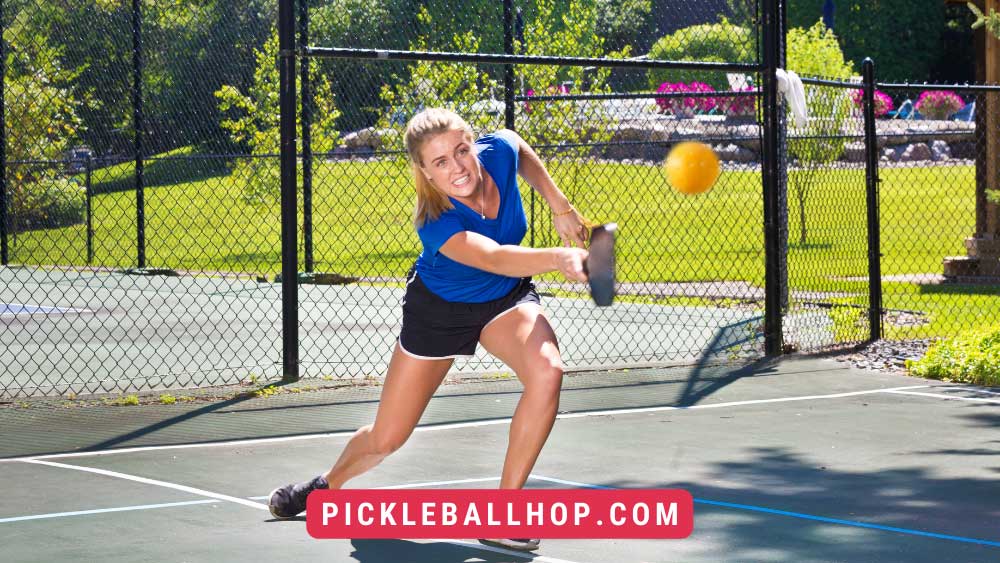 Now that we know how stacking works, let’s learn how it works.
Now that we know how stacking works, let’s learn how it works.
For you to understand stacking, you need to understand traditional pickleball positioning and serving rules. In traditional positioning, each team begins with one player on the offensive side and one on the defensive side.
Once the serving team has scored, it rotates, while the returning team stays on its respective ad or deuce side.
The Stacking of Pickleballs During The Serve
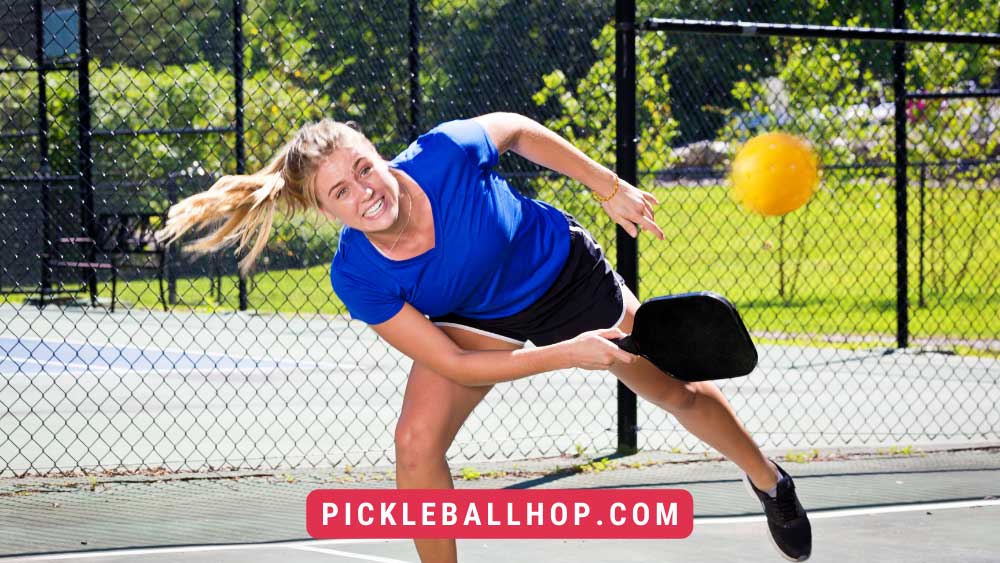 Say that you have a right-handed and a left-handed player, Player A (right-handed) and Player B (left-handed). If both players have strong forehands, it is more advantageous for the team if Player A is on the left and Player B on the right, so their strong forehands cover the middle.
Say that you have a right-handed and a left-handed player, Player A (right-handed) and Player B (left-handed). If both players have strong forehands, it is more advantageous for the team if Player A is on the left and Player B on the right, so their strong forehands cover the middle.
Stacking consists of both players starting from the same side of the court, with another player sliding to the open side.
If the right-handed Player A starts on the even/right side, then the team would stack so that Player A is positioned to the left of Player B, so that they can effectively utilize their forehands.
Since Player A already has the left side of Player B, stacking wouldn’t be necessary.
It is also possible to stack so that Player B (left-handed) plays to the right of Player A. If they serve from even/right side, stacking is not necessary.
In either case, it is the same. Each player stacks to play from the strength of their hand.
You may enjoy reading Why Is It Called Pickleball?
Pickleball Stacking During The Return of Serve
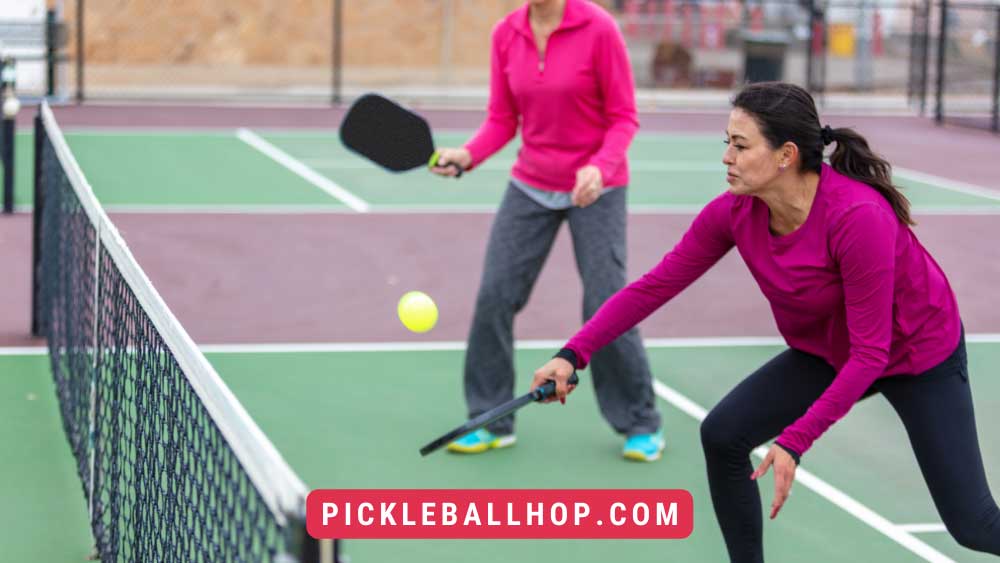 Do you understand? Good. We’ll talk about your receiving strategy now.
Do you understand? Good. We’ll talk about your receiving strategy now.
As an example, imagine our right-left team, Player A (righthander) and Player B (lefthander), both of whom have strong forehands.
Similarly, here, as well. In order for Player A to play his strong right-handed forehand, he must always be to the left, while Player B should always be to the right.
With this kind of team, stacking will only be necessary for the following situations:
- The ball is received by player A from the right/even side of the court
- The odd/left side of the court is the receiving side for player B
As soon as the serve is returned, the player at the net moves to the left or to the right on the court. As the returner shifts diagonally toward the front of the court, he shifts toward the front of the court.
Full Stacking vs Partial Stacking
In our example, we told you that the players should stack only in certain circumstances. There are, however, some teams that stack at every opportunity.
The act of stacking points for every point, whether the team is serving or returning, is known as full stacking. Ideally, you would be in the best position for every point, but keeping track of who needs to move where is very complicated.
Unless you’re at least 3.5 level, I would not recommend this for beginners.
Stacking on serves is similar to partial stacking, which uses traditional positions on returns.
Beginner players will find this option much easier to use, as they’ll be able to keep track of who’s serving and where he’s serving. Nevertheless, you’ll be at a disadvantage when your opponents serve.
Play Pickleball Like a Pro
 Playing with pickleball stacks is just one way to make your game stronger. Even for new players, it may take some practice, but once you master it, you’ll wonder how you ever survived without it!
Playing with pickleball stacks is just one way to make your game stronger. Even for new players, it may take some practice, but once you master it, you’ll wonder how you ever survived without it!
Would you like to learn more about how to improve your game? Check out our pickleball blog for more information.
You may enjoy reading How to Play Pickleball

